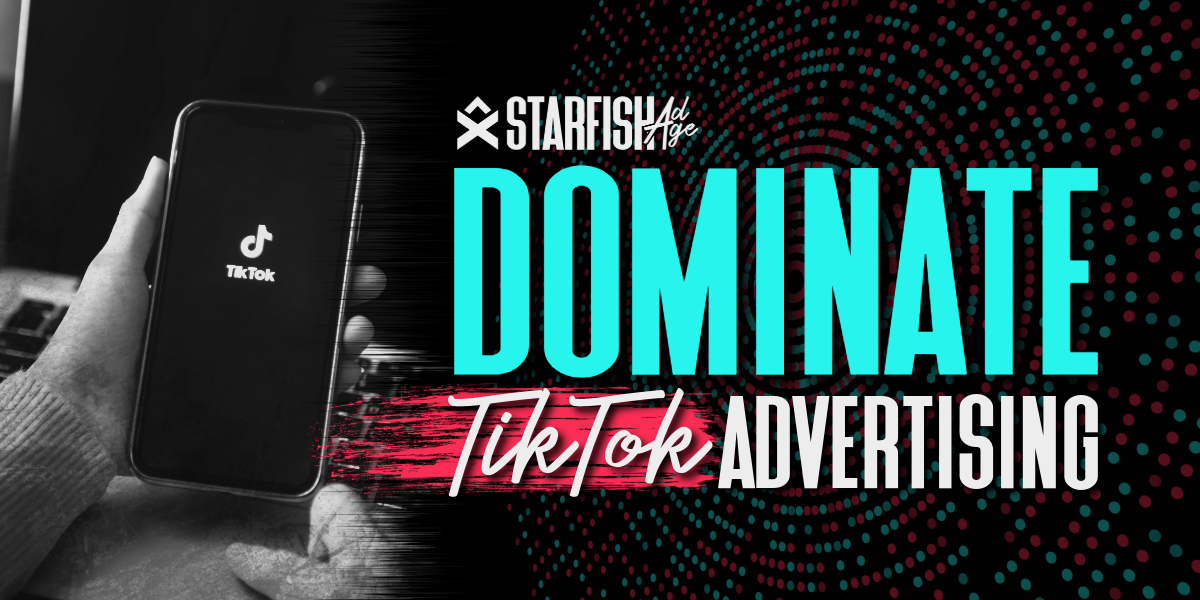
14 Digital Marketing Solutions to Grow Your Business
14 Essential Digital Marketing Solutions to Boost Your Business Growth

I first heard of data clean rooms at Programmatic I/O in New York a few years ago. And I didn’t really understand fully what they were, but I assumed something like DMP (Data Management Platforms) but cleaned somehow due to opt-in options.
This blog will explain what clean rooms are and why they have become an essential component of the discussion around marketing. These reasons include privacy constraints and the deprecation of cookies from third parties.
A data clean room is a location in which two separate organizations, such as a brand and a buying platform, like a demand-side platform (DSP), publisher, or retail media property, are able to exchange first-party data in a manner that is considerate of the individual’s right to privacy. An example of such an organization would be a retail media property. If brands employ data clean rooms, they have a greater chance of understanding their customer data and conversion rates in connection to the media they have bought or are considering purchasing. This is because clean rooms eliminate any potential for human error.
A buying platform, such as Facebook, Google, or Amazon, publisher, or demand-side platform (DSP) will move data to a clean room for the purpose of data storage on the media exposure of its consumers. Following this step, a business will transfer first-party data about its customers to the same clean room in order to compare the two different kinds of information. The data once it has been aggregated is sent back and forth between the two parties.
Large digital platforms appreciate employing data clean rooms for a number of reasons, one of which being the capacity to trade data about their consumers with other parties, who will eventually acquire the data in an aggregated and anonymized form. Because these platforms manage their very own first-party data with the utmost care, they are frequently referred to as “walled gardens” for this reason. They are allowed to share first-party data with their marketers because they use clean rooms, which removes any chance of the brand taking the data and applying it in another setting (a practice known as data leakage).
For the benefit of marketers, clean rooms make it possible for them to identify people across a variety of platforms and ensure that they are not inundating customers with an excessive number of advertisements. In addition, clean rooms make it possible for marketers to ensure that they are not spamming customers with irrelevant advertisements. Because of this, using a data clean room is one approach that companies may use in order to measure extra reach and set frequency constraints on their advertisements. These tactics could assist in cutting down on the quantity of unnecessary advertising that is done. In addition, the companies do not have any reason to be worried about the likelihood that their customer’s data may be stolen.
There are also third-party data clean rooms, which are maintained by vendors and provide a neutral meeting place for any organizations, publishers, or platforms who want to trade their data.
There are two key reasons that account for the rapid surge in demand for data clean rooms over the course of the last several years:
Concerns about the privacy of individual customers and their information.
First-party data is very valuable, and companies, publishers, and platforms need to make better use of it if they want to be successful.
There has been a huge rise in the amount of work put into securing the personal information of consumers who purchase online over the course of the last several years. Many state legislatures have enacted rules that make it harder for firms to get and keep data on individual consumers. This makes it more difficult for businesses to do market research.
Because of these shifts, new businesses have arisen with the intention of bolstering protections pertaining to the privacy of customers, while still allowing marketers to continue identifying consumers for the purpose of directing targeted advertising toward them. This more widespread trend indicates that clean rooms are here to stay and are being welcomed by an increasing number of enterprises.

14 Essential Digital Marketing Solutions to Boost Your Business Growth

Learn about SEO, PPC, social media marketing, content marketing, and more to drive traffic and conversions. Read now!

Learn how to select the best digital marketing agency for your small business, the benefits of hiring an agency, and tips for maximizing your online presence.

Learn how to leverage TikTok advertising, ad formats, targeting options, and best practices to increase brand awareness, and drive sales.

Learn about Connected TV (CTV) ads, their benefits, and how they work. Understand programmatic CTV advertising for effective digital marketing campaigns.
All Rights Reserved | Starfish Ad Age LLC | 2023 | Privacy Policy